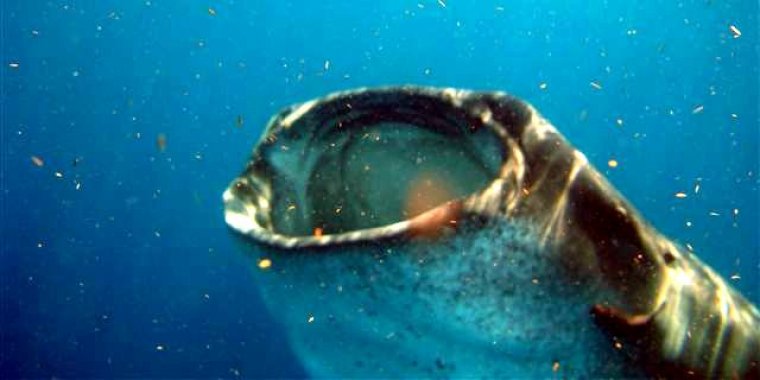| News / Science News |
Study by UGR and MIT reveals microbial plankton live in complex communities
A study conducted by researchers from the University of Granada and the Massachusetts Institute of Technology (MIT) found that rather than living alone, microbial plankton in the ocean come together in complex albeit short-lived communities. These communities tend to be cohesive and their turnover is rapid and sharp.
Each drop of seawater contains hundreds of thousands of microorganisms — organisms so small that they are invisible to the naked human eye. However, that as small as these microorganisms may be, their importance for the well-being of the planet is enormous.
Amongst other processes, they regulate global carbon and nutrient cycling more than any other organisms or plants and thus greatly affect the amount of C02 in the atmosphere.
Considering that these microbes live in the sea—a heterogeneous, and ever-changing environment—up until now it has been impossible to determine if they lived alone, in small groups, or if they were able to form unified communities. This new study, however, has found that the reason why microbial plankton come together in complex, cohesive groups is to collectively face the nutrient-poor heterogeneous ecological landscape they live in.
Although the sea is a hostile environment for plankton, this grouping behaviour increases their chances of survival and explains why the oceans are full of these microbes. This new study, however, has found that although the sea is a hostile environment for plankton, this grouping behaviour increases their chances of survival and allows them to collectively face the nutrient-poor heterogeneous ecological landscape they live in.
Furthermore, the study has demonstrated that the taxonomic turnover of these communities really is extraordinarily fast. Their spatial and temporal boundaries are clearly defined and in just a matter of days the existing communities disappear, and new ones, composed of different organisms altogether, occupy their place.
These findings are very important for our understanding of oceanic food webs because the variety and turnover rate of the plankton communities mean that larger organisms which feed on the plankton will come into contact with different sets of microbes that could contain pathogens and harmful microorganisms. (University of Granada)
YOU MAY ALSO LIKE



